There mallow rust (Puccinia malvacearum) poses a significant threat to plants, especially those in the family Malvaceae. This fungal disease is characterized by the appearance of rust-colored lesions on the leaves, stems and fruits of the host plants. Its spread can cause serious damage to crops, seriously compromising the health of the affected plants.
The article aims to provide an in-depth overview of the characteristics of mallow rust, focusing on the harmful effects that this disease can cause on host plants. The biological defense techniques available to contrast the infestation will also be explored, with particular attention to agronomic practices and biological and environmentally friendly treatments.
What are the symptoms and damage of mallow rust on plants?
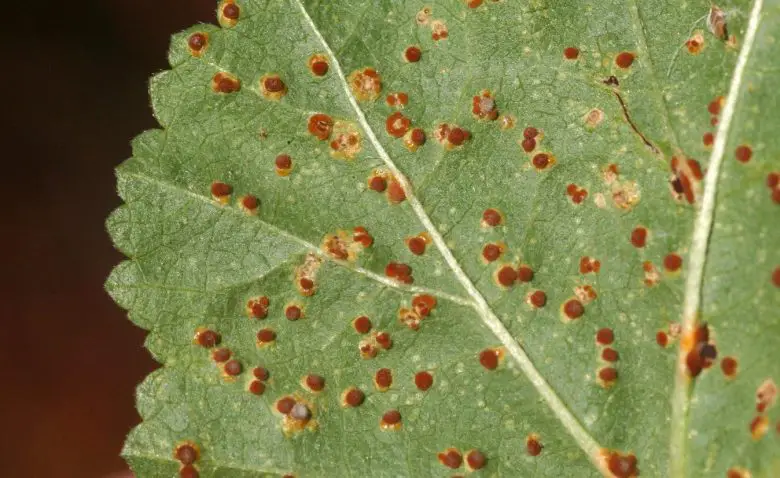
Mallow rust causes a variety of symptoms and damage to host plants. The most obvious symptom is the rust-colored lesions that appear on the leaves and stems. These lesions consist of small orange-brown pustules that contain fungal spores. Infected leaves may show signs of discoloration, turning paler or yellower than healthy leaves. This can impair the plant’s ability to photosynthesise and reduce its overall vigor.
Infestation can adversely affect growth and development, with plants exhibiting slower, stunted or reduced growth, directly impacting their ornamental beauty.
In the event of severe infestations, the affected leaves may fall prematurely, further weakening the plant and reducing its ability to perform its normal vital functions.
Mallow rust can spread easily from one infected plant to another, allowing the infestation to spread throughout the garden. This rapid spread can increase damage to plants and make disease control more difficult.
What are the environmental conditions that favor the spread of the fungus? Puccinia malvacearum?
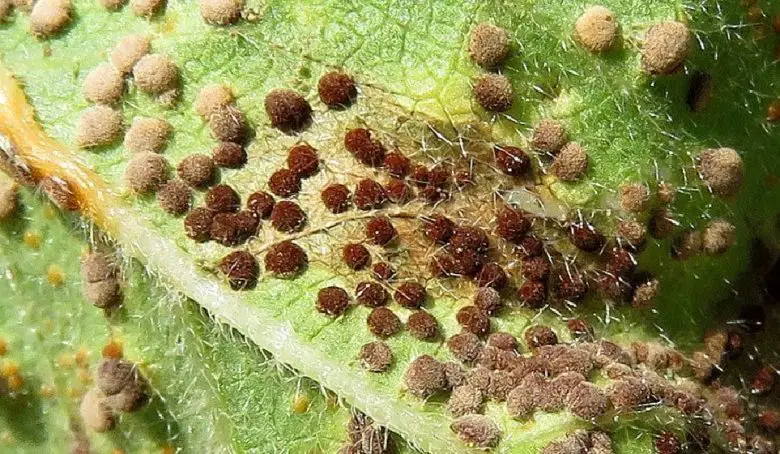
The pathogenic fungus Puccinia malvacearumresponsible for mallow rust, develops and spreads mainly under certain environmental conditions.
The disease develops better in environments characterized by high atmospheric humidity and frequent rains. These conditions provide the ideal environment for fungal spore germination and mycelium growth, facilitating the spread of the pathogen.
Even moderate temperatures, between 15 °C and 25 °C, are favorable for the development of the fungus Puccinia malvacearum. Under these conditions, the pathogen can proliferate more rapidly and cause more significant damage to host plants.
The presence of high leaf humidity, for example due to rains, incorrect irrigation and conditions of high environmental humidity, create the optimal conditions for the infection and the spread of the spores.
In addition to environmental factors, cultivation conditions must be taken into account. Host plants grown in high densities can promote the spread of rust. The greater proximity between plants in fact creates an environment favorable to the transmission of fungal spores from one plant to another. Also plants growing in shady or poorly ventilated areas may be more susceptible to rust infestation.
What plants are affected by mallow rust?
Here is a list of plants commonly affected by mallow rust (Puccinia malvacearum):
- Mallow (genus Malva) is the main host plant for rust. Several species of mallow are affected, including the Malva sylvestris (wild mallow) and the Musk mallow (Mallow odorata);
- L’hibiscus (genus Hibiscus)provides several species, such as theHibiscus syriacus (rose hibiscus) and theHibiscus rosa-sinensis (Chinese hibiscus), which are susceptible to infestation by Puccinia malvacearum;
- marshmallow (Althaea officinalis)also known as malvavisco, is a plant belonging to the family of Malvaceae and is also affected by rust;
- the species of lavatera (genus Lavatera), like the Lavatera trimestris (annual Lavatera), are also subject to the attack of the disease;
- the hollyhock (Alcea rosea), commonly known as garden mallow or rose of sharon, is an ornamental plant which is also highly susceptible to rust.
These are just some of the more common plants that can be infested with mallow rust.
How to do agronomic prevention to avoid rust?
To limit and prevent the spread of mallow rust, it is possible to adopt various agronomic prevention techniques.
First practice a crop rotation, avoiding planting rust host plants in the same soil for at least two or three years. This caution can help reduce the presence of the pathogen in the soil.
Maintain proper garden sanitation by removing and destroying infected plants or contaminated plant debris. This reduces the amount of fungal inoculum present in the environment and can prevent the spread of the disease.
Reduce moisture on leaves by using proper watering practices, such as drip irrigation, avoiding sprinkler irrigation. Do not wet the leaves, as humidity favors the development of the fungus.
Plant the plants evenly spaced to promote good air circulation between them. This reduces leaf moisture and slows the spread of fungal spores from one plant to another.
Use the natural mulch which reduces the contact of the leaves with the infected soil, thus decreasing the chances of infection.
Carry out periodic plant inspections to detect the presence of rust symptoms early. In this way, you can intervene quickly by taking the necessary measures to limit the spread of the disease.
The adoption of these agronomic practices can significantly contribute to limiting and preventing the spread of mallow rust.
What are the treatments that can be done against rust?
To deal with mallow rust in a biological way, there are several natural remedies available products permitted in organic farming.
Among the natural remedies great importance have i macerates of some plants. For example the horsetail macerate, is known for its antifungal properties. The macerate can be used for the preparation of diluted solutions to be applied periodically on the plants as a preventive treatment.
Excellent in the home solution is that of baking sodaA mixture of water and sodium bicarbonate (about 5-10 g per 1 liter of water) can be sprayed on plants to create an environment unfavorable to the fungal pathogen responsible for rust on the leaf blade.
Another classic anticryptogamic product that can be effectively used against rust is the sulphur. The sulfur is applied in powder form or in the form of an aqueous suspension, following the instructions on the product labels. A selection can be found here.
For those who want to experience the microbiological fight against fungal diseases, a highly effective and innovative product is the Bacillus subtilis. The bacterium Bacillus subtilis it is a biological control agent effective against a wide range of fungal pathogens. Can be purchased in the form of commercial products that contain the bacterium.

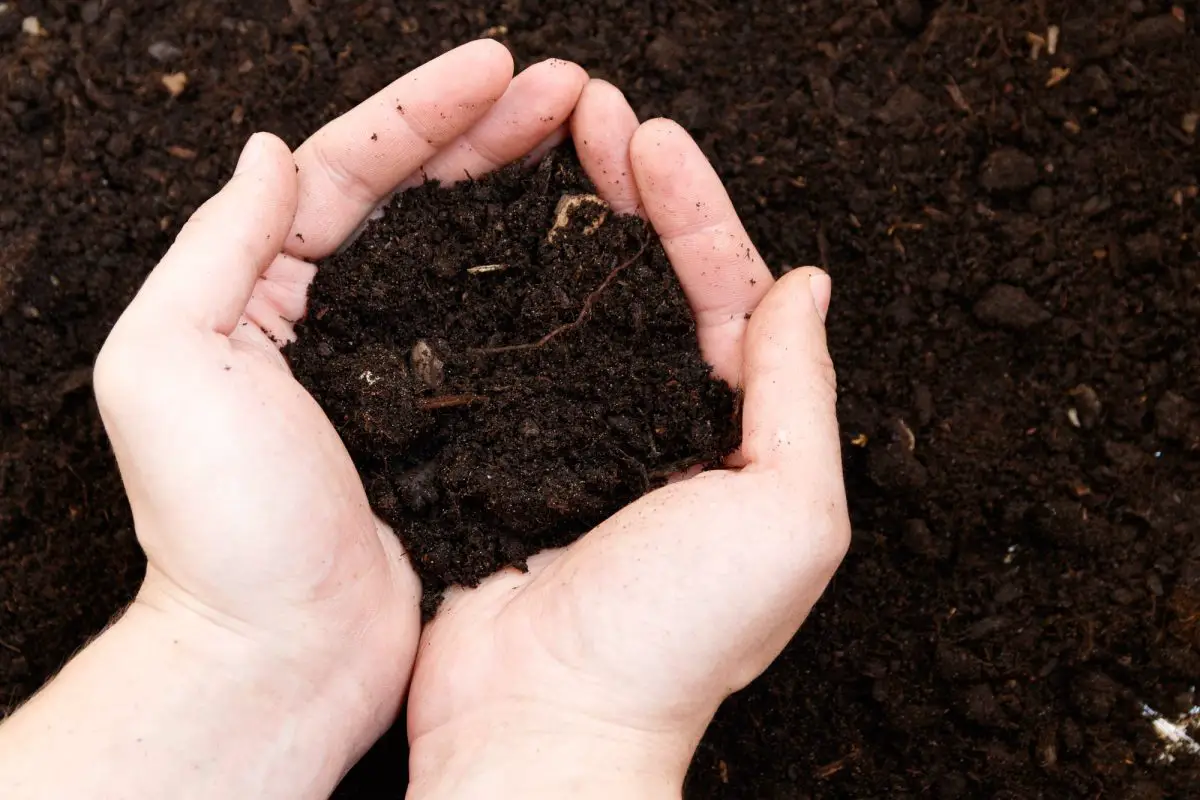

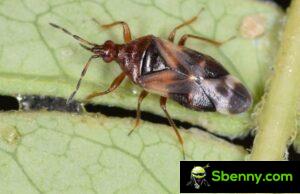
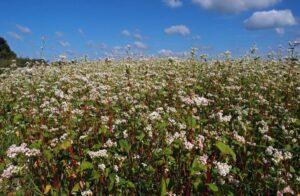
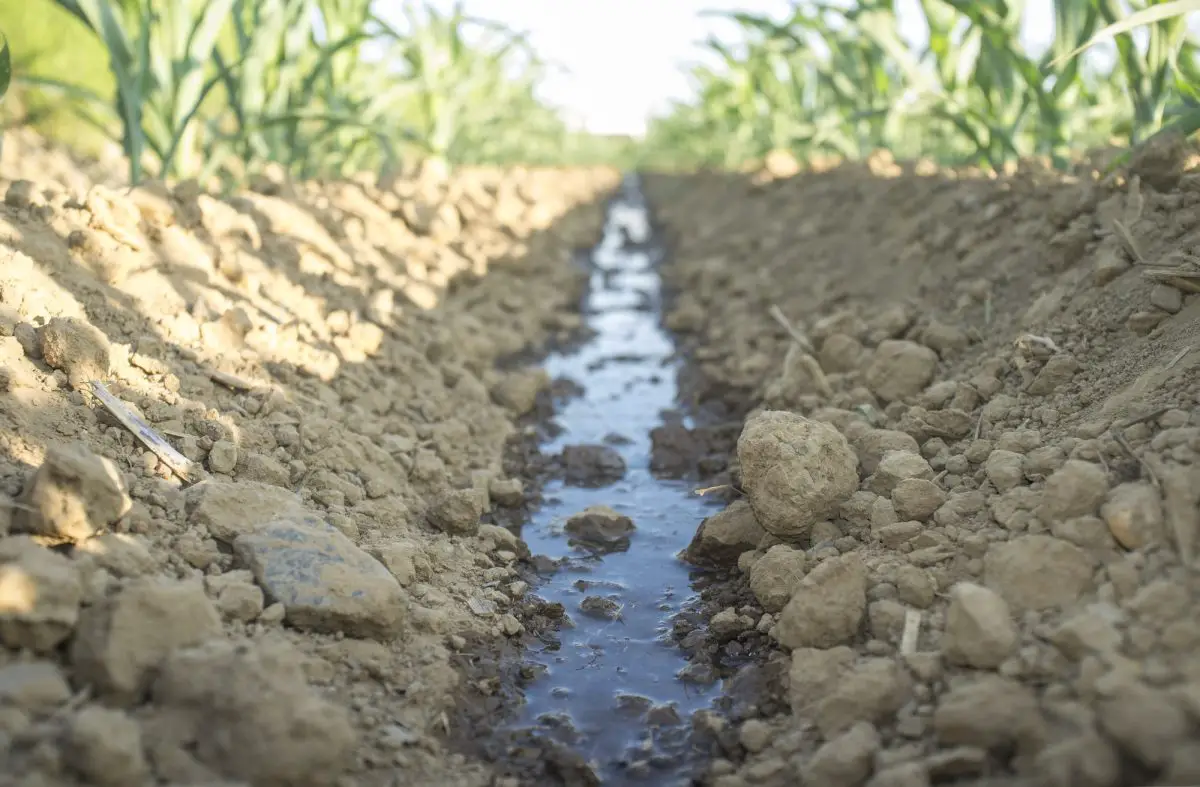
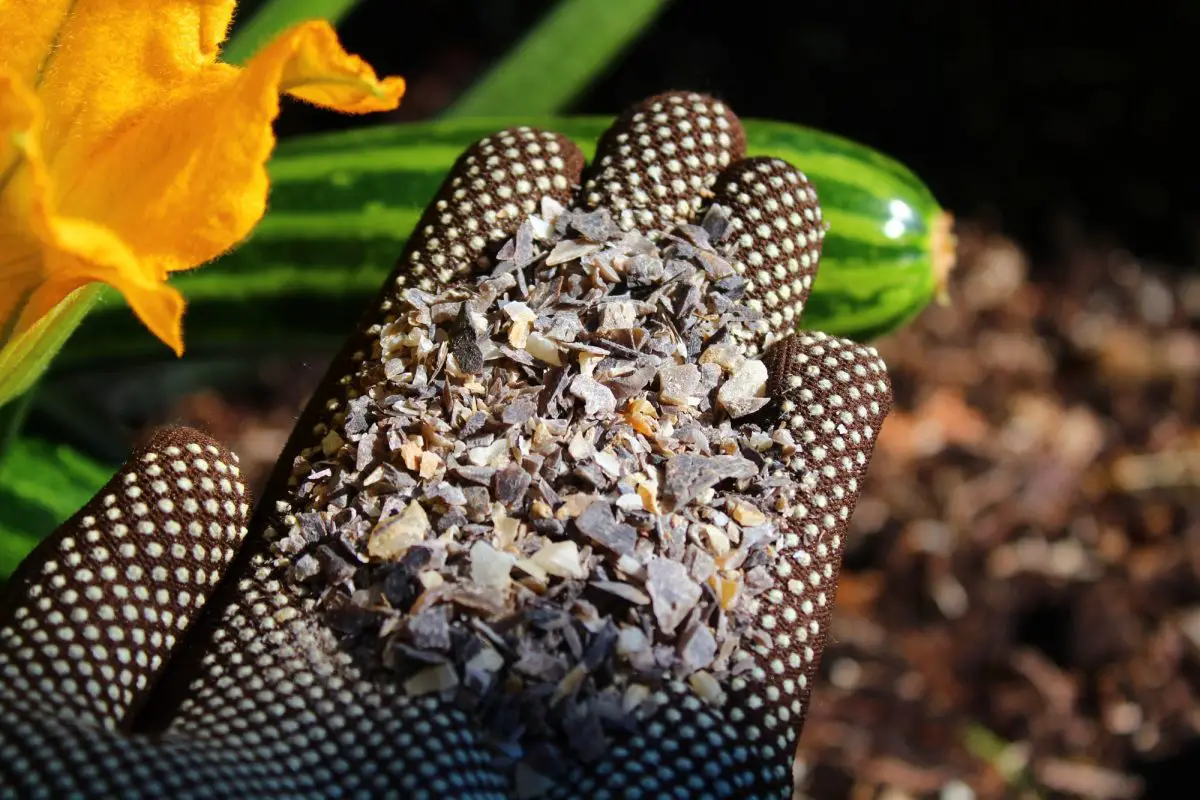
Start a new Thread